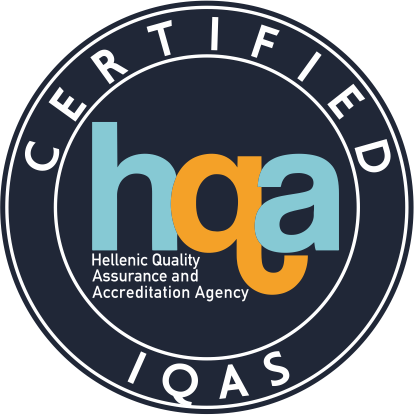The book University City of the University written by Paraskevas Savvaidis and Anthimos Badelas, professors at the School of Civil Engineering of the Aristotle University of Thessaloniki, was published in 2000 (by University Studio Press). The book focuses on the way historical events influenced the university campus and vice versa, as well as on the urban planning of the university.
In the past the area where the Aristotle University of Thessaloniki is now located was part of the east area of the city, where the streams of Agios Pavlos and Chortatzidon crossed. Construction works at the university campus were undertaken in 1927, when the building where the Turkish Preparatory Faculty (Idadiye) was previously housed was granted by the Greek State to the university, along with its surrounding garden. More areas were allotted or bought until 1955, when the site of the university campus was fully landscaped.
In the past, and for many centuries, the largest part of the area where the university campus is now located was taken up by Greek and, mainly, Jewish cemeteries – these cemeteries covered the area even before the city was occupied by the Turks. The refugee settlement of Agia Fotini, which after the Asia Minor disaster housed thousands of refugees for decades, was also built in a specific part of the area now owned by the Aristotle University of Thessaloniki.
The research which revealed material of considerable interest
The writers of the above book tried to approach their subject with maps and topographic diagrams of the area, as well as maps which were drawn up in different time periods and for different purposes. The history of building the university campus was studied in connection with the maps and topographic diagrams which were later included in the book, as well as after taking into consideration basic historical literature. The outcome of this combined research was the fact that a significant amount of information about various events was published for the first time.
In order to collect such maps, topographic diagrams, and also era-specific documents, the two writers conducted their research in the archive of the university (and especially in that of the Technical Service), the archive of public services [Urban Planning Department of Thessaloniki, Topographical Service of the Ministry of Rural Development and Food (former Ministry of Agriculture), Social Welfare Directorate, etc.], the archive of the Municipality of Thessaloniki (Directorate of Architectural Studies, Directorate of Surveying and Mapping, Thessaloniki History Centre), as well as in the archives of other agencies, bodies and private entities (the archive of the Jewish Community of Thessaloniki, the Archive of V. Chatzivasileiou, etc.).
The number of maps and topographic diagrams used when the book was being written, as well as extra cartographic material is now housed in the archive of the Laboratory of Geodesy and Geomatics. It consists of dozens of maps and topographic diagrams at various scales and on different subjects, which are related to the history of the university campus and the Aristotle University of Thessaloniki in general.








